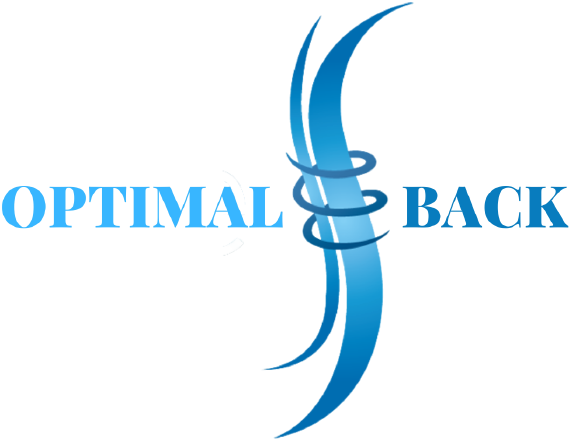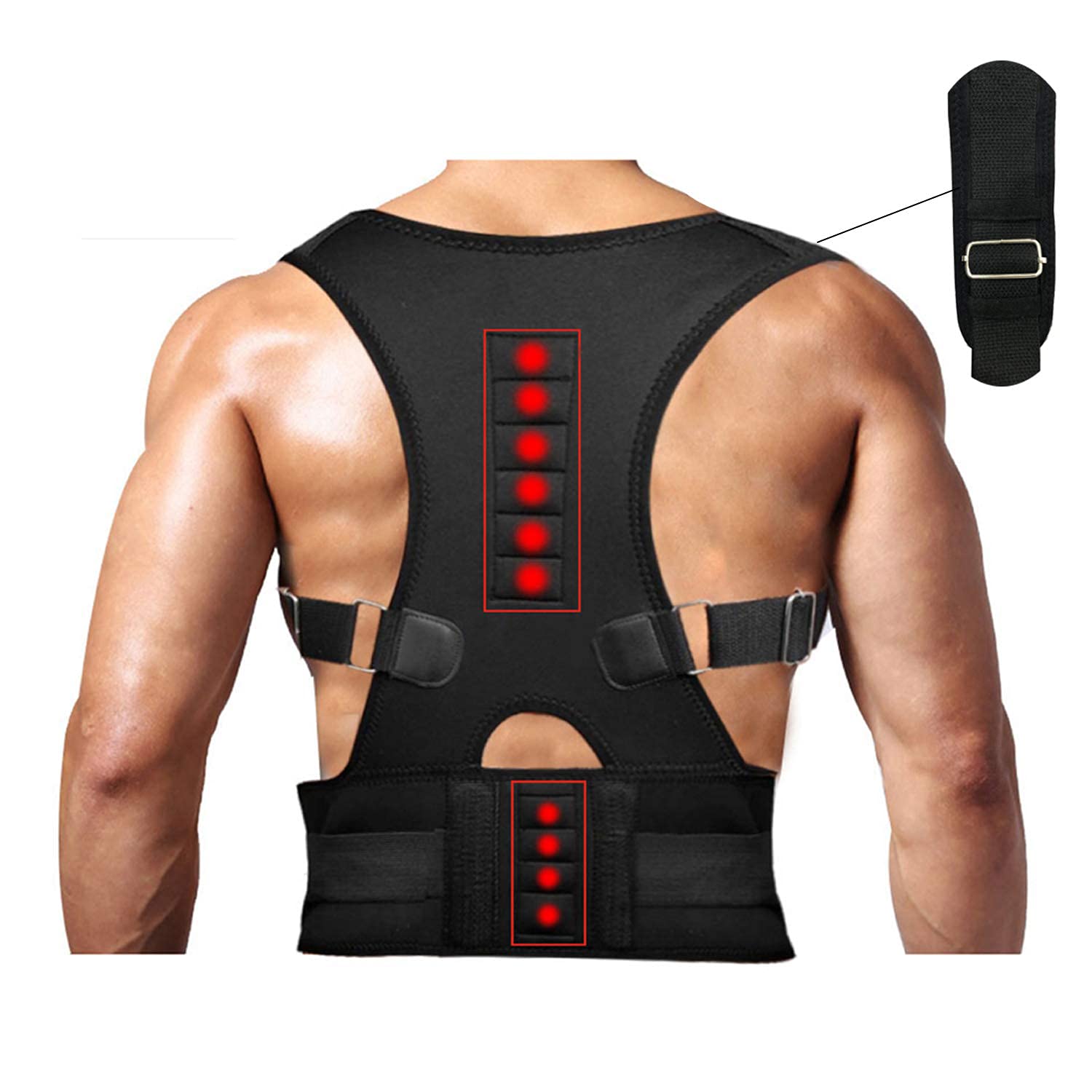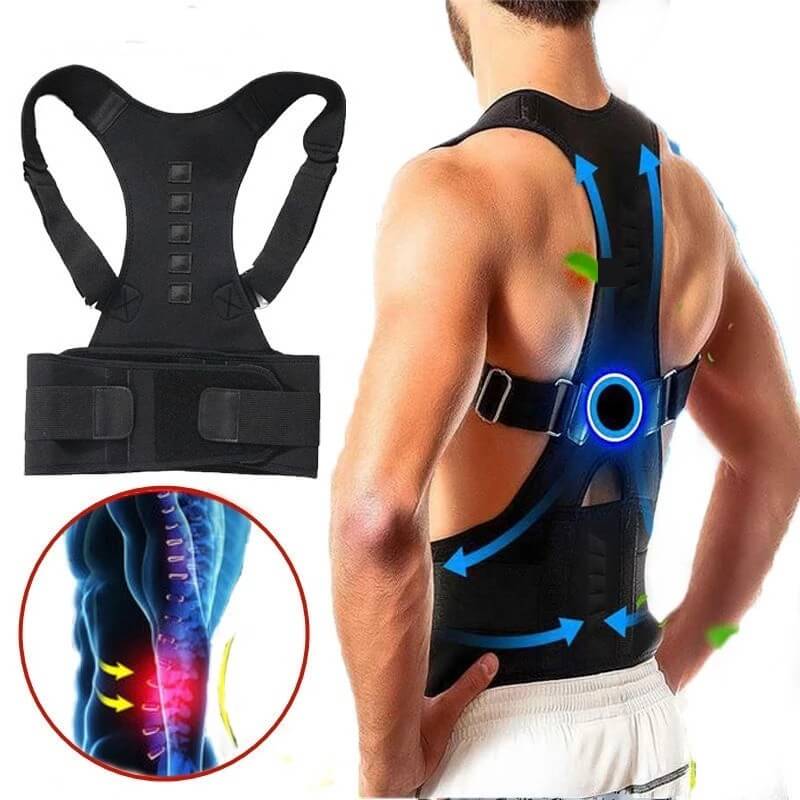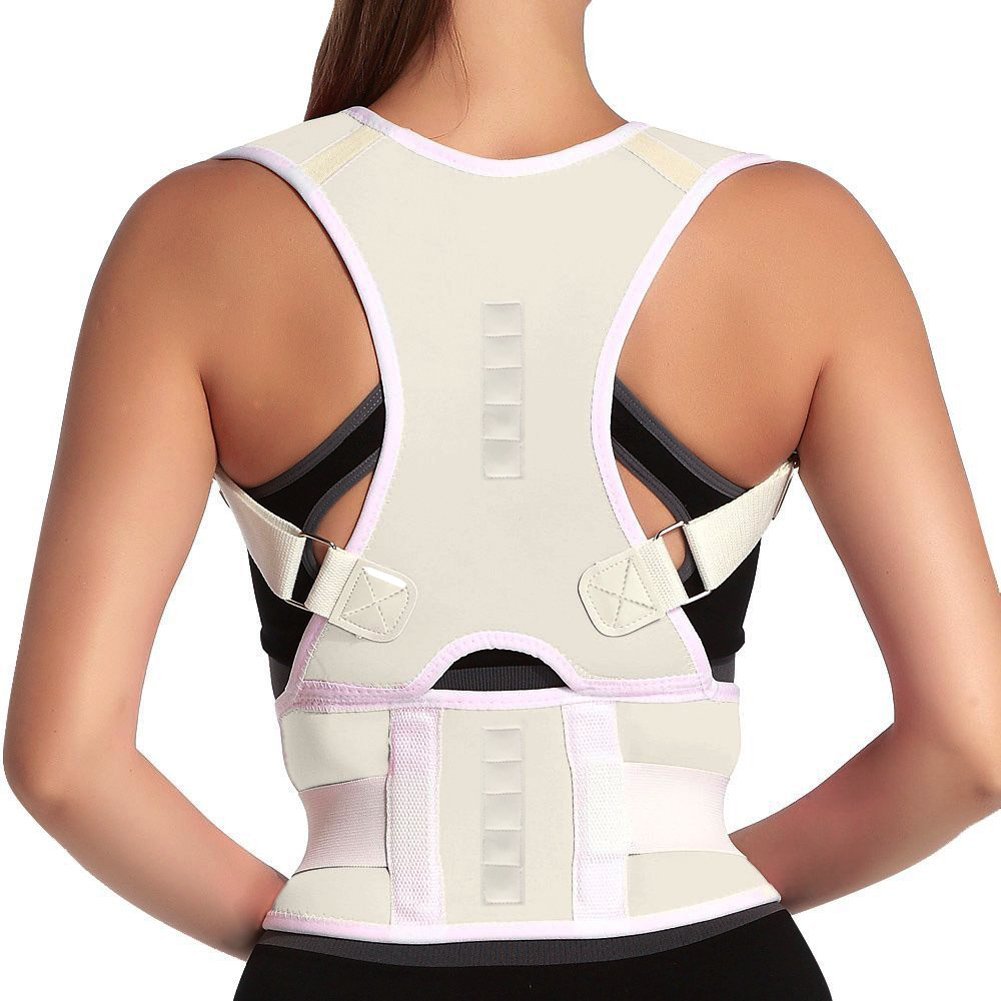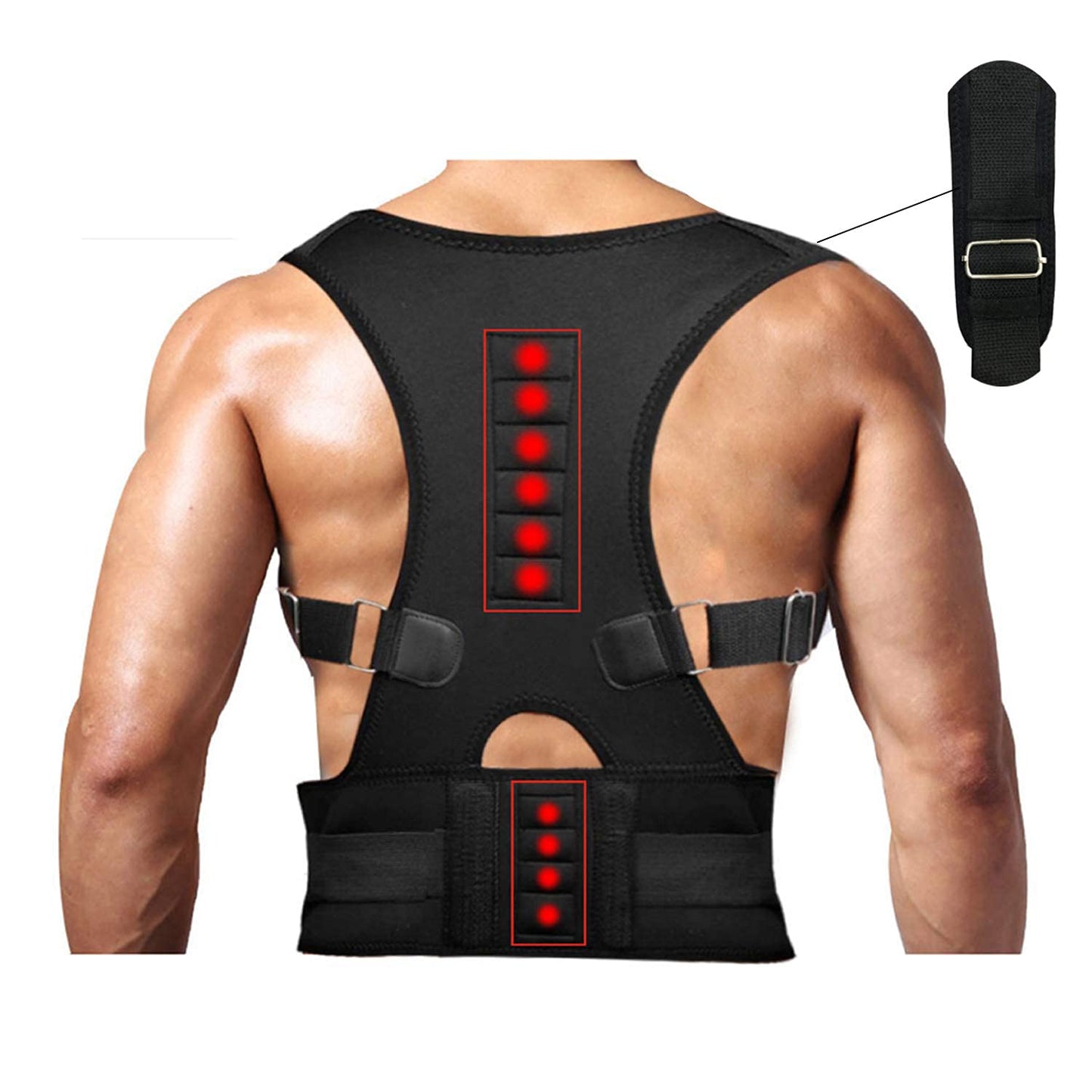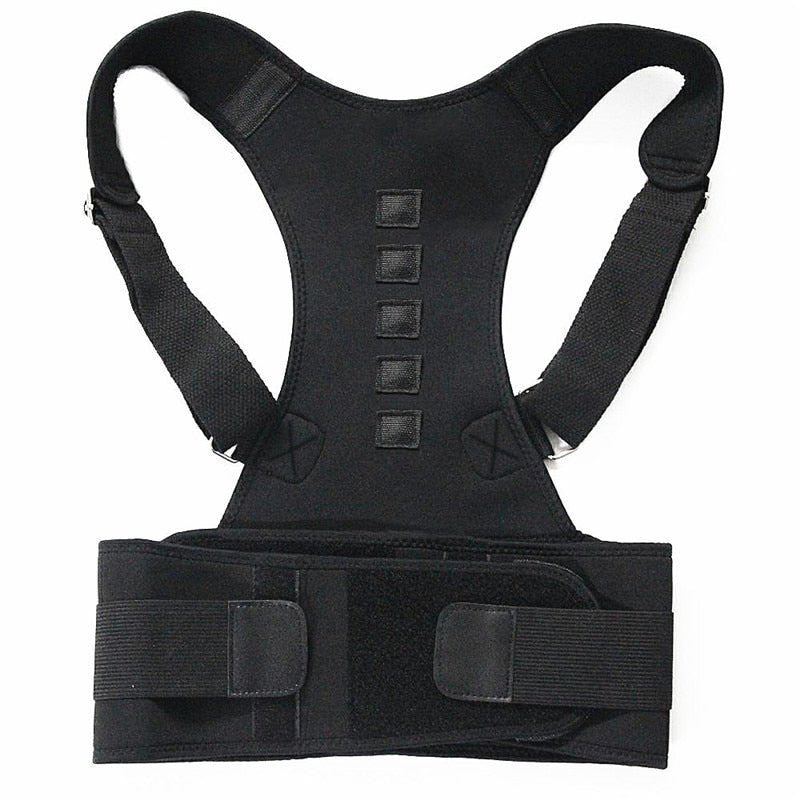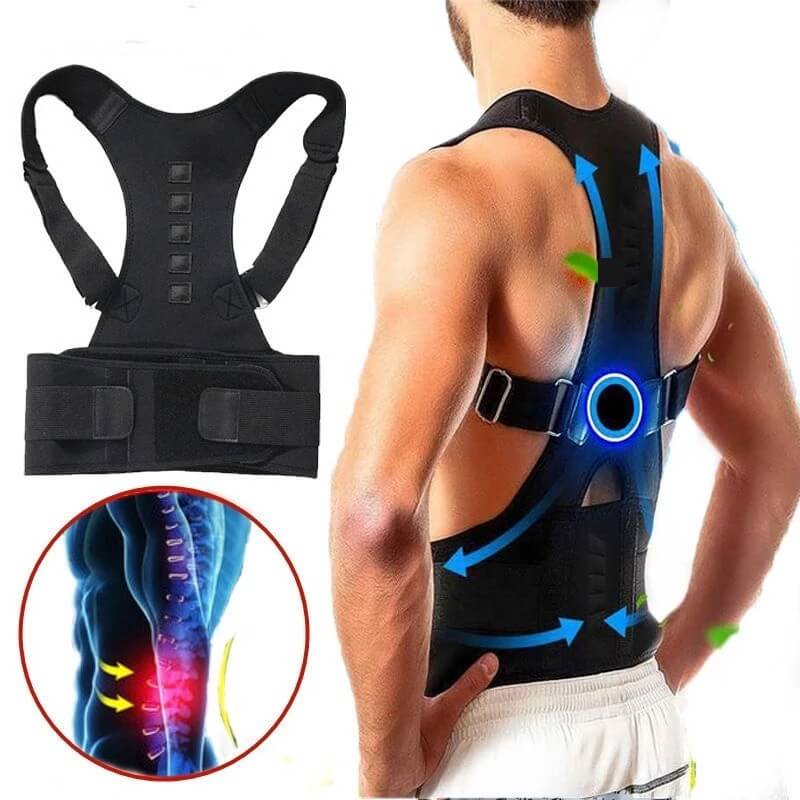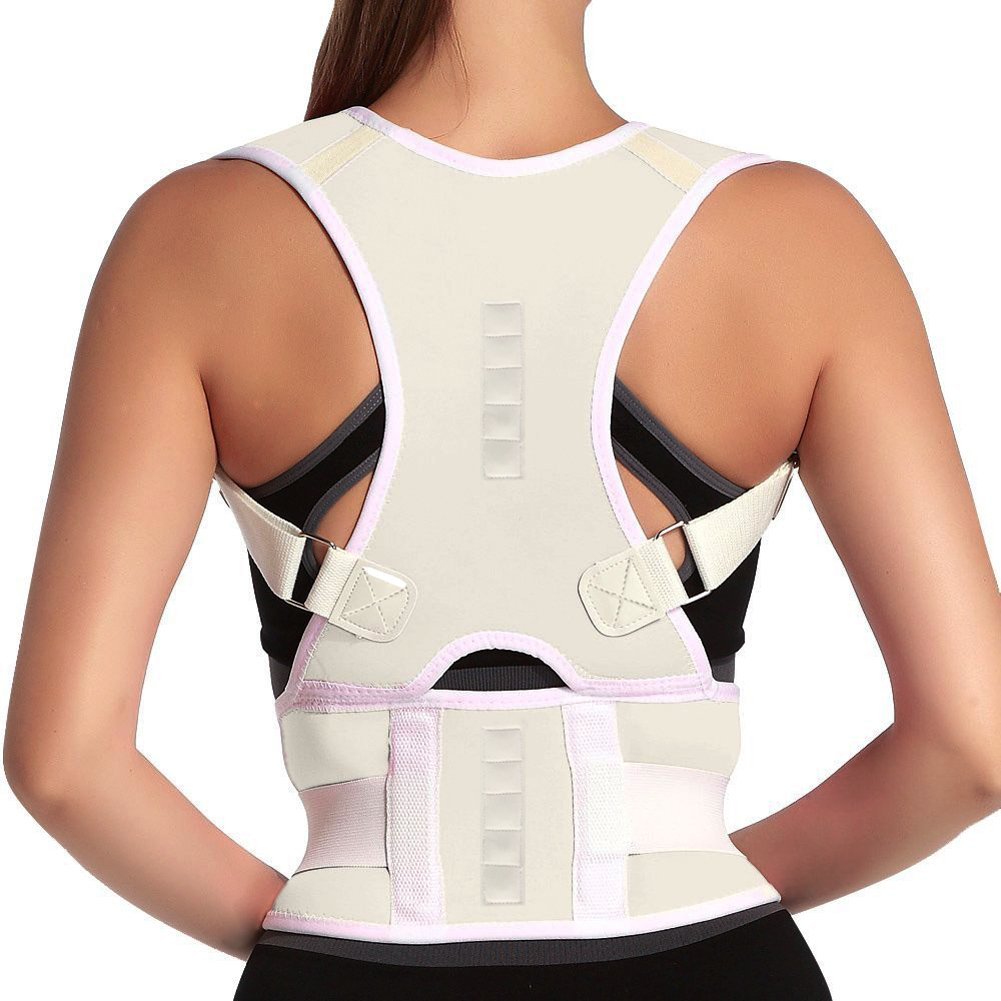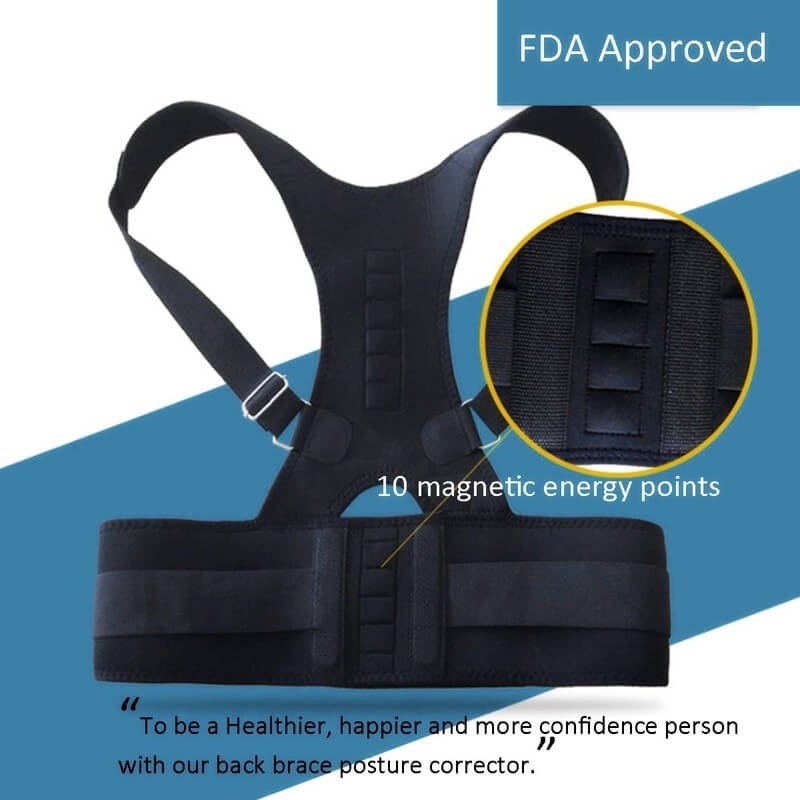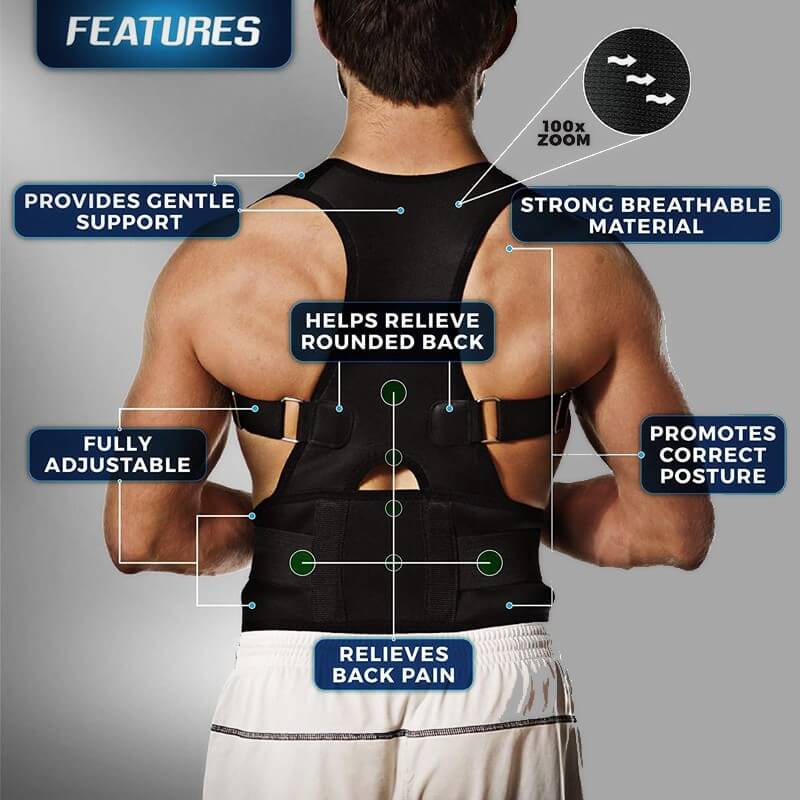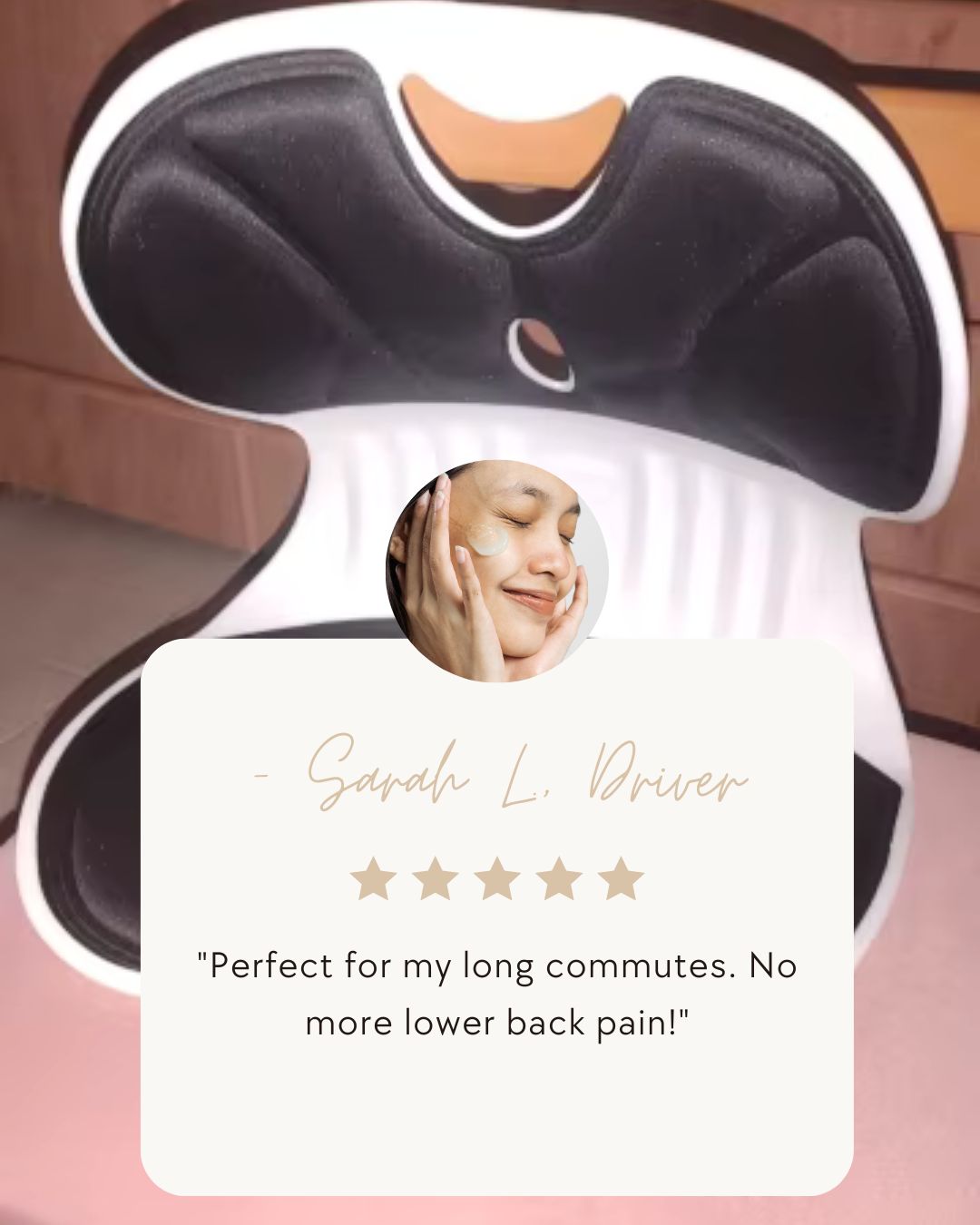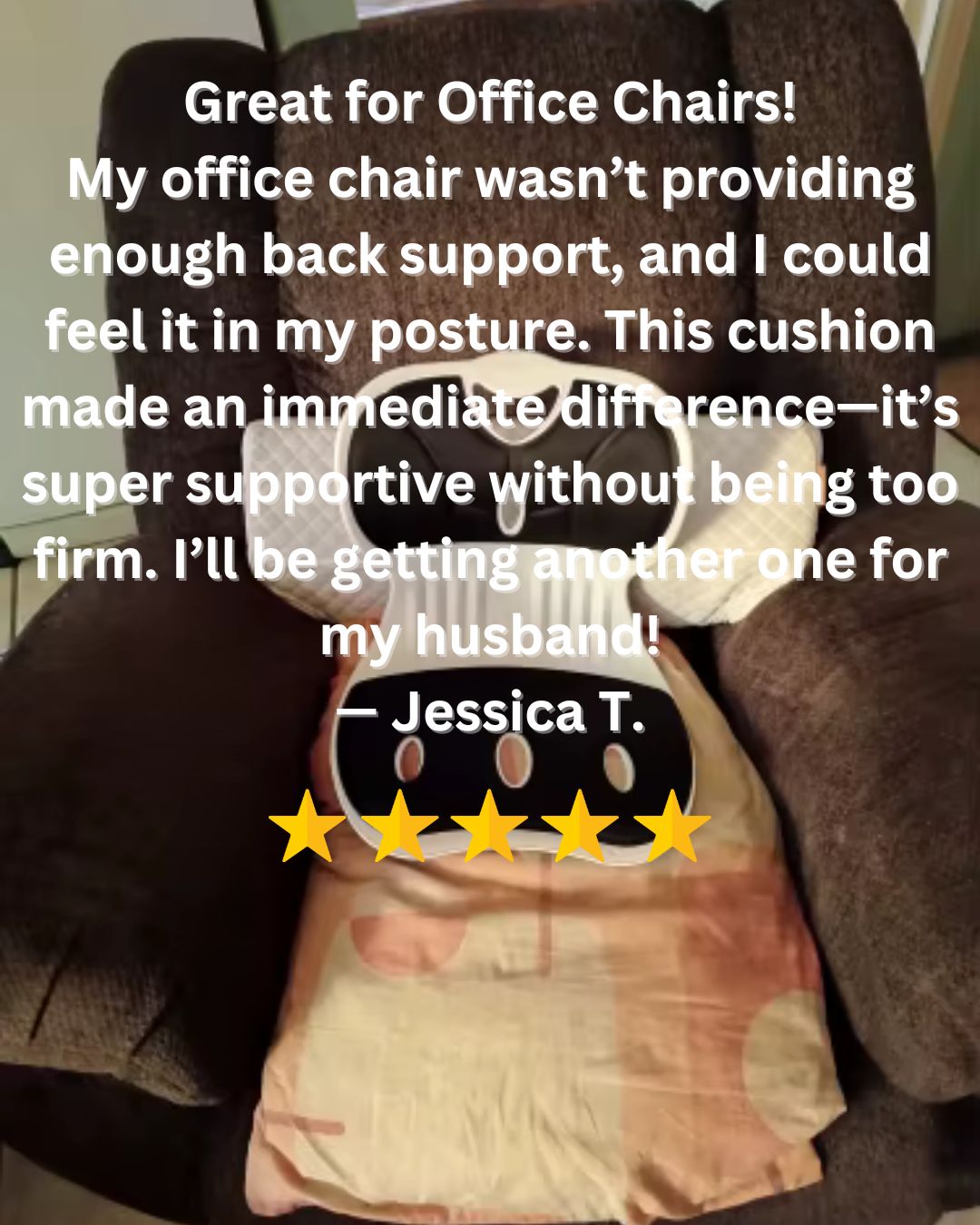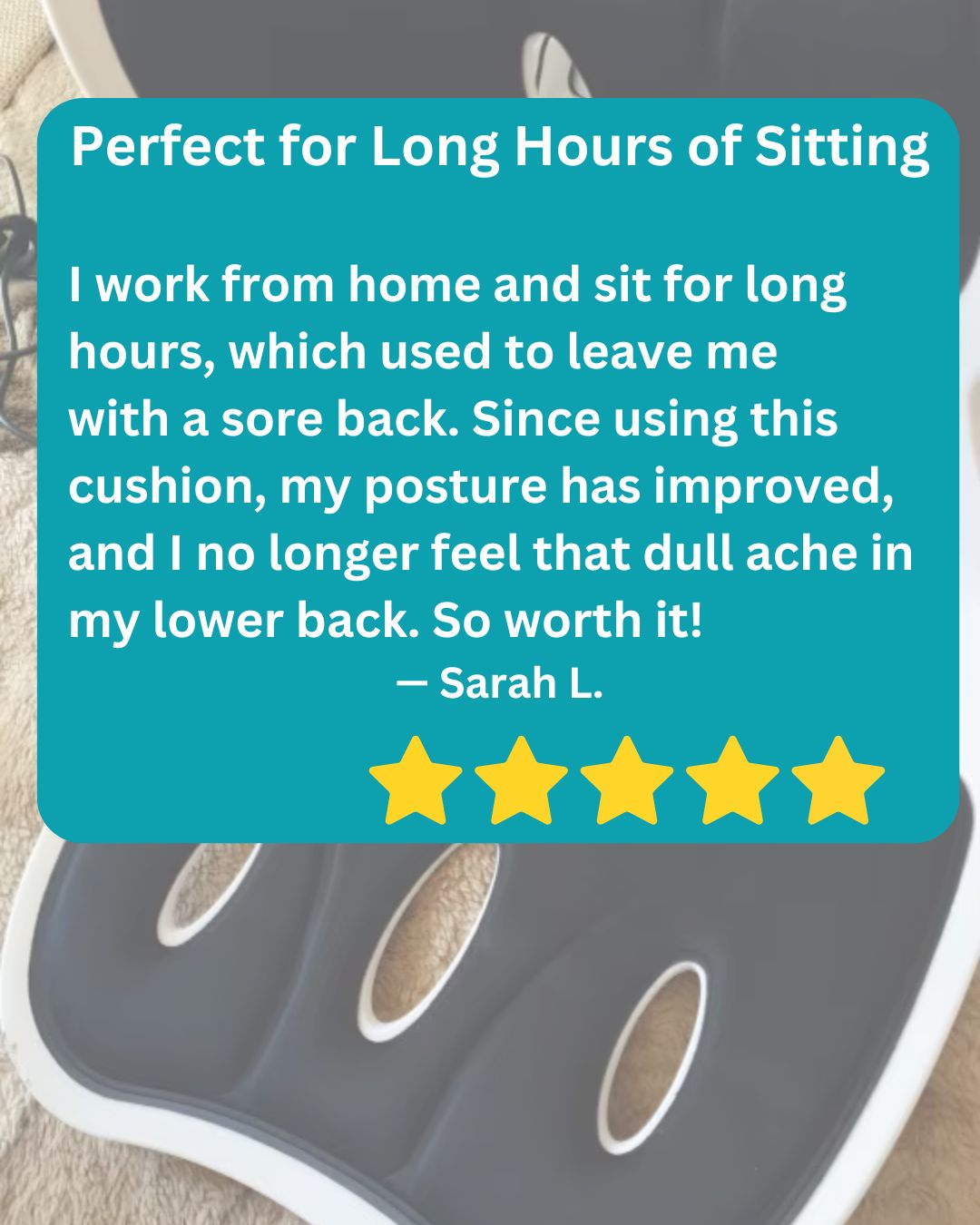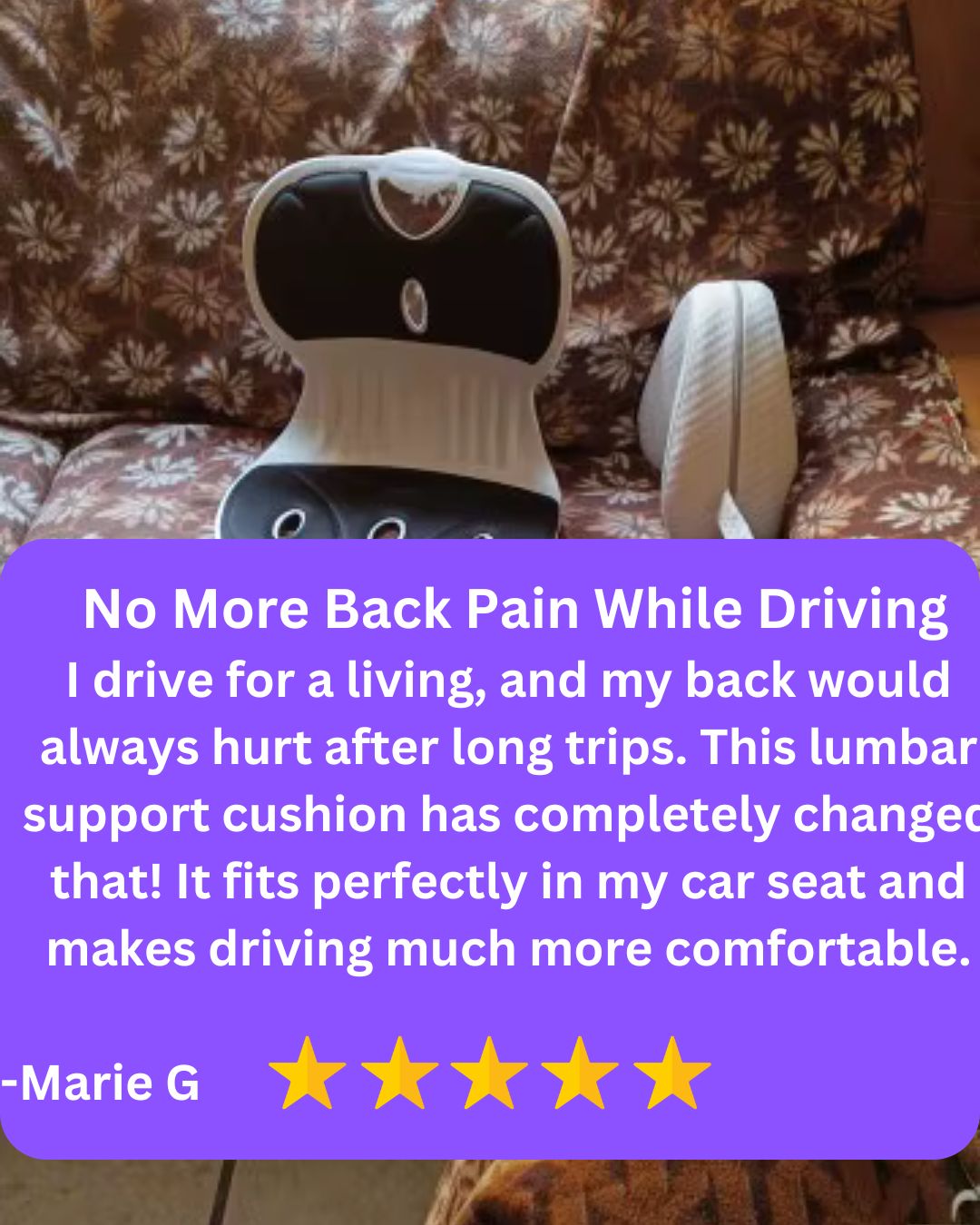Good posture makes one of the most significant contributors to a healthy pregnancy.
Correct alignment helps lessen neck and low back discomfort as well as weariness. These tips will assist you in maintaining good posture when standing, sitting, and lying down throughout your pregnancy.
During pregnancy, a variety of natural biological changes occur in a woman's body, which directly impacts the musculoskeletal system and may become a possible cause of back pain and related issues, such as leg pain. As a result of these changes, the joints of the pelvis, lower back, and knees are forced to accommodate for the baby's growth. It is estimated that one-half of all pregnant women will experience low back pain during their pregnancies. This directly impacts the musculoskeletal system and may become a possible cause of
back pain and related issues, such as leg pain.

- Putting on weight: Women normally gain between 25 and 35 pounds during a healthy pregnancy. That weight must be supported by the spine. This might result in lower back discomfort. The weight of the developing baby and uterus also exerts strain on the blood vessels and nerves in the pelvis and back.
- Changes in posture: Pregnancy causes a change in your center of gravity. As a consequence, you may begin to modify your posture and movement patterns gradually, even without realizing it. This may cause back discomfort or strain.
- Changes in hormone levels: During pregnancy, your body produces a hormone called relaxin, which causes ligaments in the pelvic area to relax and joints to loosen in preparation for birth. The same hormone can induce loosening of the ligaments that support the spine, resulting in instability and discomfort.
- Muscle disconnection: Two parallel sheets of muscles (the rectus abdominis muscles) that run from the rib cage to the pubic bone may split at the middle seam as the uterus swells. Back discomfort may be exacerbated as a result of this separation.
- Stress: Emotional stress can induce muscular tension in the back, resulting in back discomfort or spasms. During stressful phases of your pregnancy, you may notice an increase in back discomfort.
Pregnancy Back Pain Treatments
More good news: Unless you experienced persistent back pain before to becoming pregnant, your discomfort will most likely subside gradually before giving birth.
Belly bands are used to protect the lower back and abdomen during pregnancy. These elastic support garments may be useful for active pregnant women, especially those in their second and third trimesters.

Here are five ways a belly band can help you.
Back and joint pain during pregnancy can be frustrating and make it difficult to participate in everyday activities.
Wearing a belly band during pregnancy may help support your lower back and baby bump during activities, which can result in decreased pain overall.
Have you ever gone for a run without a sports bra? Doesn't it sound awful? The same holds true for a developing baby bump. A belly band's mild compression can assist stabilize the uterus and alleviate pain caused by movement during physical exercise.
Belly bands or Maternity belt provide your body external signals to help it maintain appropriate posture. Belly bands promote proper posture and prevent lower back overextension by supporting the lower back and torso. Pregnancy causes a "swayback" look due to the additional weight borne in front of the body, as well as the stretching and weakening of important core muscles that support the spine.
Exercise offers several health advantages during pregnancy. Prenatal exercise has been found in research to improve health.
Core strength is commonly reduced in the weeks following delivery. Muscles and ligaments that have been stretched and strained throughout pregnancy must recover. Weakness, when paired with the arduous work of caring for a baby, can be difficult and result in injury.
Many women find that wearing a belly band after giving birth gives additional support to the abdomen and lower back, reducing pain. A belly band can help ladies who have had abdominal muscle separation by physically pulling the abdominal muscles back together. This, when combined with particular workouts, may help to close the gap between the abdominal muscles.

Exercise!
Regular exercise can improve flexibility, strengthen the muscles that support your back and legs, and encourage good posture. Try out some painless, mild workouts.
Walking, swimming, and stationary cycling are all safe prenatal workouts. Exercises to strengthen your back and abdominal may be suggested by your doctor or physical therapist, according to Dr. Adams.
Increased range of motion, flexibility, and muscular strength are all key components of physical therapy regimens.

- To avoid overdependence, use a belly band or support garment for no more than two to three hours at a time.
- Transverse abdominis strengthening exercises should be done in conjunction with the use of a belly band to strengthen the core muscles both during and after pregnancy.
- Before wearing any compression clothing, always check your doctor. Women who have poor circulation or high blood pressure should avoid wearing a belly band.
- Belly bands are just for temporary usage and are not a long-term solution. It is critical to treat the root cause of the problem. To address chronic discomfort during and after pregnancy, a referral to physical therapy is advised
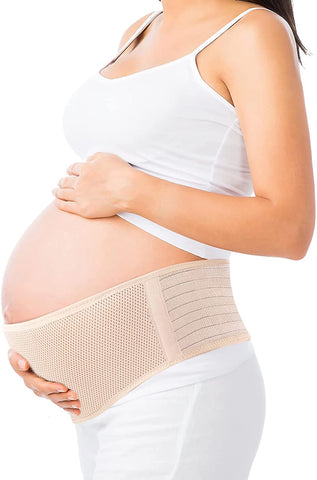
FAQ:
Q1: Why is good posture important during pregnancy?
Good posture is crucial during pregnancy as it helps to alleviate back pain, maintain proper alignment of the spine, and support the growing belly. By maintaining good posture, pregnant women can reduce the strain on their back muscles and ligaments, preventing discomfort and potential complications.
Q2: What are some common causes of back pain during pregnancy?
Back pain during pregnancy can be caused by various factors, including the extra weight gained, hormonal changes that loosen ligaments, and the shift in the center of gravity. Additionally, poor posture, weak abdominal muscles, and stress can contribute to back pain.
Q3: How can pregnant women improve their posture?
Pregnant women can improve their posture by following these tips:
- Stand up straight with the shoulders back and relaxed.
- Engage the core muscles to support the spine.
- Avoid locking the knees and distribute weight evenly on both feet.
- Use a supportive chair with proper back support.
- Use a pregnancy pillow or cushion for added comfort and support while sitting or sleeping.
Q4: Are there any exercises that can help improve posture?
Yes, there are exercises specifically designed to improve posture during pregnancy. Some effective exercises include:
- Pelvic tilts: Lie on your back with knees bent, and gently tilt the pelvis forward and backward.
- Wall squats: Stand with your back against a wall, slide down into a squat position, and hold for a few seconds.
- Shoulder rolls: Roll your shoulders forward and backward in a circular motion to release tension.
- Cat-camel stretch: Get on your hands and knees, arch your back up like a cat, then lower it down like a camel.
Q5: Can wearing a maternity support belt help with posture?
Yes, wearing a maternity support belt can provide additional support to the lower back and abdomen, helping to improve posture and relieve back pain. These belts are designed to distribute the weight of the baby more evenly and reduce strain on the back muscles.
Q6: Are there any lifestyle changes that can promote better posture?
Absolutely! Here are some lifestyle changes that can promote better posture:
- Avoid wearing high heels, as they can throw off your balance and strain your back.
- Practice proper lifting techniques, bending at the knees and using your legs instead of your back.
- Take frequent breaks from sitting or standing for long periods to stretch and change positions.
- Engage in regular exercise, such as walking or swimming, to strengthen the muscles that support good posture.
Q7: When should a pregnant woman seek professional help for back pain?
If back pain during pregnancy becomes severe, persistent, or is accompanied by other symptoms such as numbness, tingling, or difficulty walking, it is important to seek professional help. A healthcare provider can assess the situation and provide appropriate treatment or refer to a specialist if necessary.
Q8: Can chiropractic care be beneficial for improving posture and relieving back pain during pregnancy?
Chiropractic care can be beneficial for pregnant women experiencing back pain and seeking to improve their posture. A chiropractor can provide gentle adjustments to the spine, pelvis, and other joints to alleviate discomfort and restore proper alignment. However, it is essential to consult with a healthcare provider before seeking chiropractic care during pregnancy.
Q9: How long does it take to see improvements in posture?
The time it takes to see improvements in posture varies from person to person. Consistently practicing good posture, performing exercises, and making lifestyle changes can gradually lead to better posture and reduced back pain. It is important to be patient and persistent in implementing these changes.
Q10: Can maintaining good posture during pregnancy prevent long-term back problems?
Yes, maintaining good posture during pregnancy can help prevent long-term back problems. By reducing the strain on the back muscles and ligaments, pregnant women can minimize the risk of developing chronic back pain or other postural issues. It is an investment in long-term spinal health.
Remember, improving posture during pregnancy is not only beneficial for relieving back pain but also for promoting overall well-being. By following these tips, pregnant women can enjoy a more comfortable and healthy pregnancy journey.
